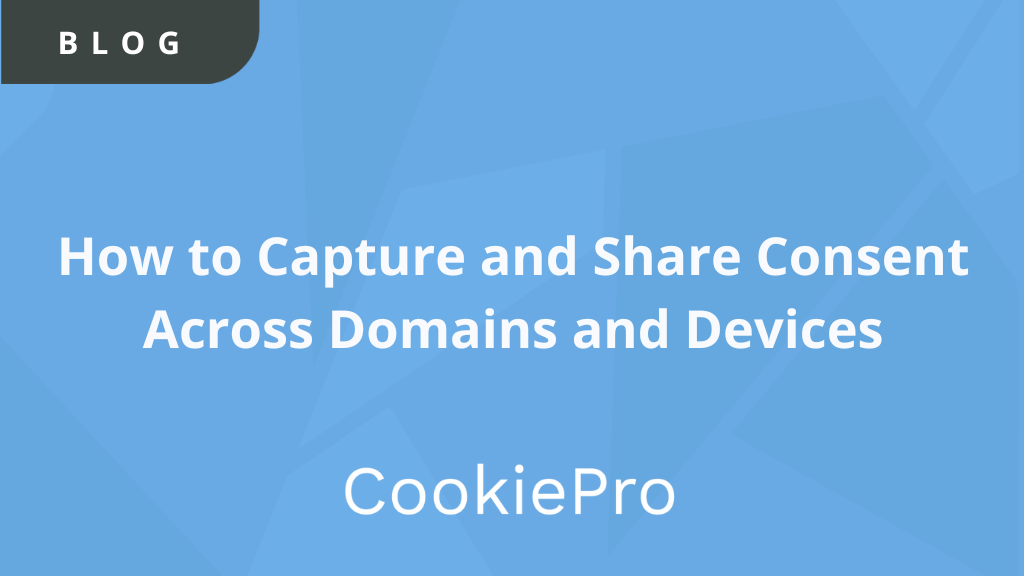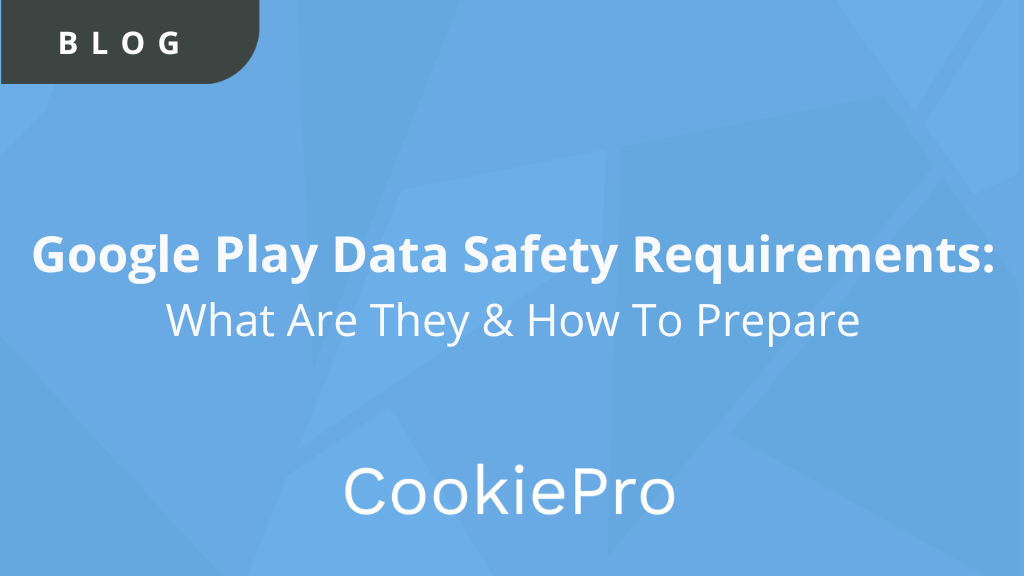Cross-Site Tracking Deep Dive
Cross-Site Tracking is a trending topic lately. Let's dive into what you need to know about cross-site tracking.

After the passing of both GDPR and CCPA, the latest data privacy regulations, consumers have become more aware of how their data is gathered and processed. The use of “cross-site tracking” is being criticized and even disabled on certain browsers. Let’s dive into what you need to know about cross-site tracking.
What is Cross-Site Tracking?
Cross-site tracking is a method of gathering and processing data from that involves tracking a website visitor across multiple sites. While the tracking can be done by the website the user is visiting, the data can be gathered by other entities as well. Third parties can receive this information without disclosing or obtaining consent. The data gathered can include what sites a user has visited, user behavior while on a site, site preferences, and how long a user spends on each site.
Whether the site is collecting data to target advertisements or to improve their visitors’ experiences on the website, users often don’t have to opt-in to consent to this tracking. There is no way for a user to know what companies are gathering data from them across sites or what information they are gathering.
How Does Cross-Site Tracking Work?
Cross-site tracking is done through the placement of cookies or embedding other methods of data tracking on websites the user visits. Third-party companies can gather data by placing widgets and scripts on a website. As users navigate from site to site, their data is collected to gather insights on their interests and interaction with the websites.
Social media sharing buttons are also responsible for tracking behavior across sites. When a site visitor clicks one of the social media share buttons, the site can use that information to see what the visitor is sharing. The company can share information with the social platform as well.
The information can be stored on remote servers to remembers the device using a unique identifier to continue to gather data and provide that data to third party companies.
What is the Purpose of Cross-Site Tracking?
Companies use cross-site tracking to understand user behavior, including improving marketing efforts. Usually, the data they collect is used to learn about a user’s interests and behaviors to better advertise products and services to them. Additionally, browsing data can provide information about how to improve their site.
Third-party services find this information valuable because they can get a broad snapshot of how users interact with sites that are of interest to them. When using cross-site tracking, companies can also sell this data to other companies as a business model
How to Disable Cross-Site Tracking
Some users may not feel comfortable with being tracked across sites. Browsers like Firefox, Google Chrome, and Safari have started putting guards in place to enhance transparency and improve the methods that sites use to track users across sites.
While not entirely foolproof, the disabling of cross-site tracking efforts can make it harder for companies to track visitors across websites. Some widgets and affiliate programs require cross-site tracking, so disabling it could impact how the site functions.
Additionally, blocking tracking methods can result in a less-than-stellar user experience. If you are used to a website remembering what is in your cart, for example, blocking tracking methods would mean that this data is not saved when you navigate away from the page.
You Might Also Like











